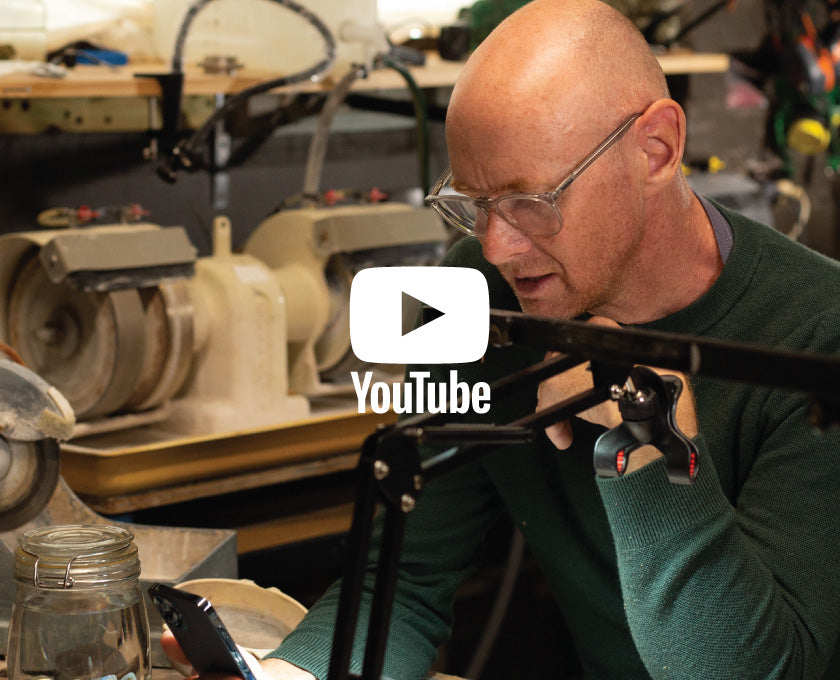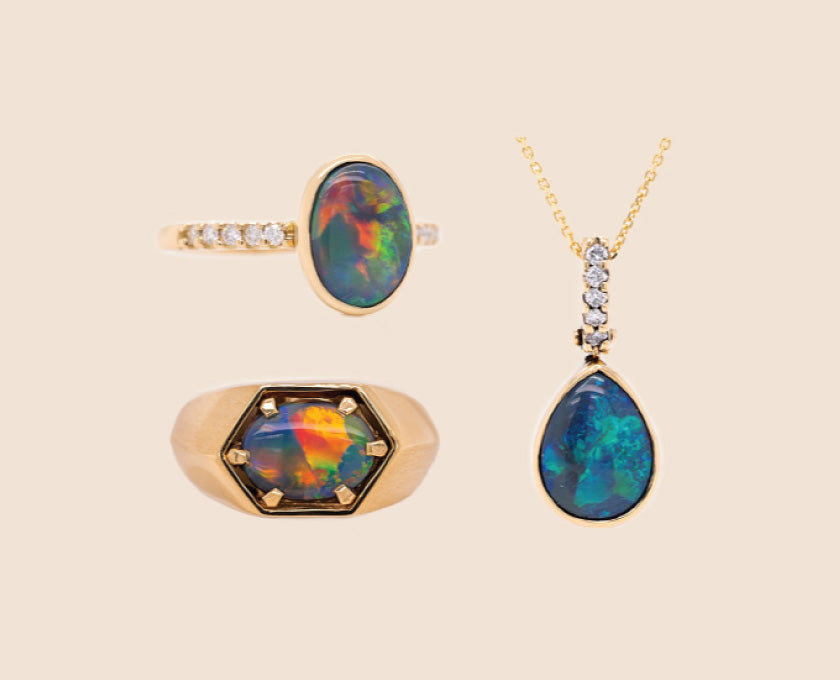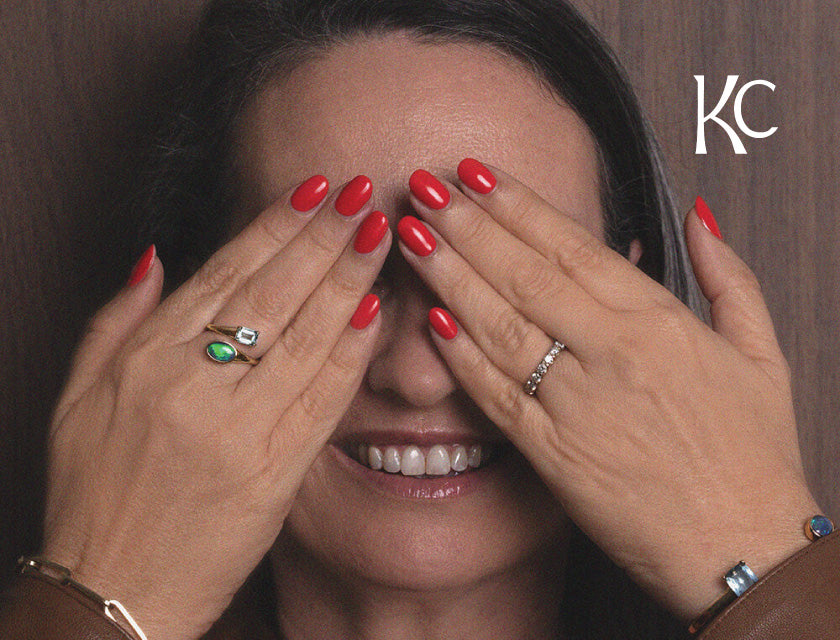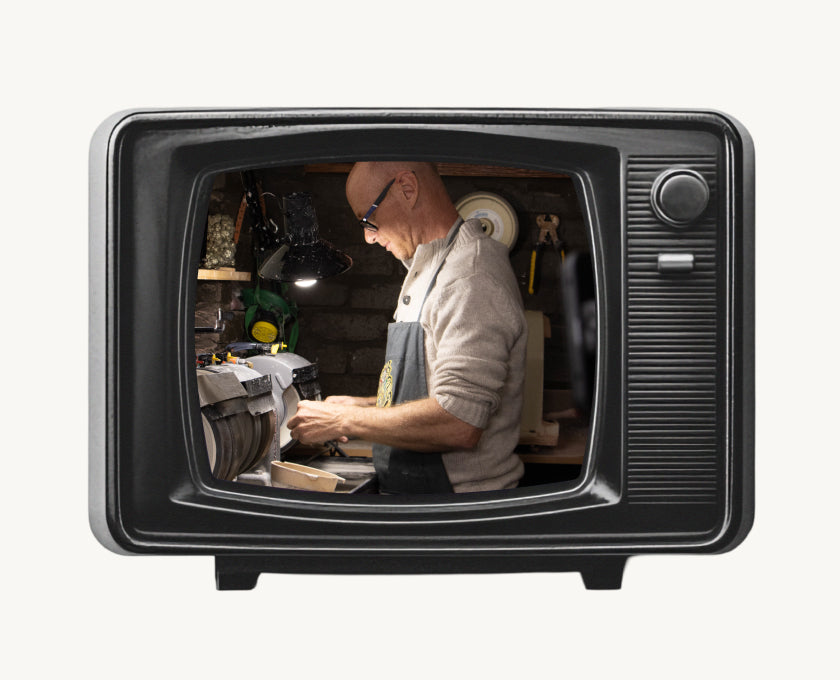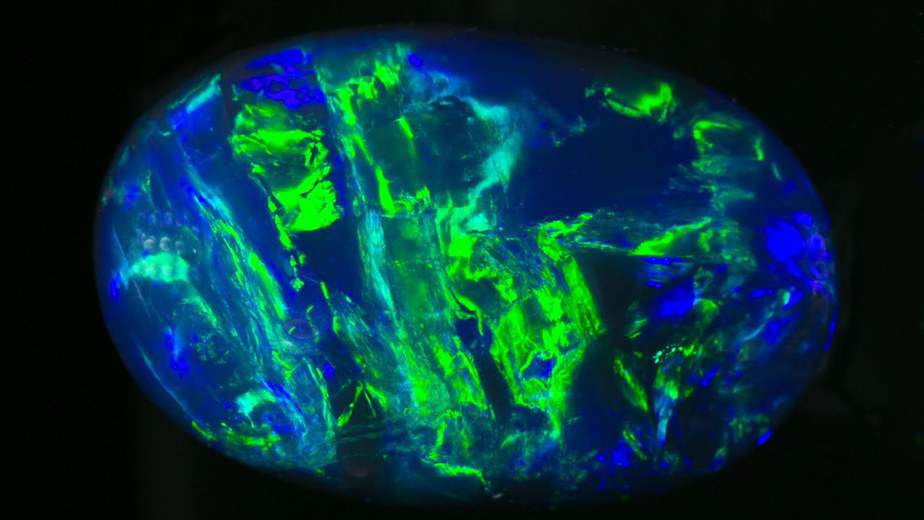Being asked to value opal for someone is a daily occurrence.
Opal is a notoriously hard gem to value because there are no specific rules you can apply to every opal. The drawing card of opal is the fact that every single stone is unique. Nobody will ever have a gem that looks quite like yours. On the flip side of that, every gem needs its own individual valuation.
Is my opal valuable?
There isn’t a simple yes or no answer that I could give you for this. It goes more like, “Yes. No, maybe. It depends on…”
A short essay later, and I’d be able to explain what makes your opal valuable and what brings its value down. By that time, you may be sick of hearing my Australian accent say “colour bar” (aka kull-ah-bah, mate!) and want to stuff your ears full of dopping wax. So, let’s cut to the chase and I will show you exactly how I value my opals so that you can learn to value yours.
The Why and How
Today, I’m going to show you a few of the opals I have in stock in various price ranges and explain the why, how, and what brought them to that value. We’ll be using the brightness scale as a base tool, starting at the lowest B value and making our way to the brightest gems. I will also tell you the other relevant factors I use to place a value on my opals.
What kind of opals are we valuing?
Let’s begin with five of our gorgeous black opals, and I’ll explain the key factors that help or hinder the value of a gem. We’ll then move on to a range of crystal opals as there are a couple of unique things to consider when valuing a crystal opal.
This range of opals shows us the impact of subdued color versus vibrant color, and how the play of color of the opal influences the value. Some opals show minimal color, some that show from some angles, and some that have the coveted 3D effect of pattern and color. Those make me drool a little.
Some patterns are more valuable than others because they’re much rarer to find in an opal. Some opals show their patterns from only one angle and others layer and change no matter what angle you look at the stone. This, understandably, makes the opal more valuable. It also becomes more likely to be held by me as I whisper “my precious,” while no one’s looking.
The body tone of an opal impacts the value of the opal because certain body tones are a lot harder to find than others. Black opal is found almost exclusively in Lightning Ridge, Australia. This makes it considerably rarer than other types of opal and, therefore, more valuable.
There are natural factors, like the above, that affect a gem’s value, but there are also some factors that are in our control. The shape, dome height, and cut quality of the stone play a part in the value of an opal, too.
What are the exceptions when valuing opal?
You didn’t think it would be that simple, right? As always, with opal, there are exceptions to these rules. An opal that has a value of B5 from one angle but not from another cannot be called a B5 gem. You should consider the way an opal looks from every angle when you’re placing a value. Say I order a pepperoni pizza and, when it comes, it only has two out of eight slices covered in pepperoni. That wouldn’t be a pepperoni pizza, would it? The pizza shop would have to call it the Quarter Pepperoni or, at least, the Phony Pepperoni to avoid me suing them for all the pepperoni slices they’ve got.
There are a few key factors I look at when valuing opal but, as you’ve learnt, every opal is unique. My biggest tip for the opal-holics out there wanting to understand opals value is to keep researching, learning, and practising.
Thanks for watching, I hope you learnt something valuable today!
Read more
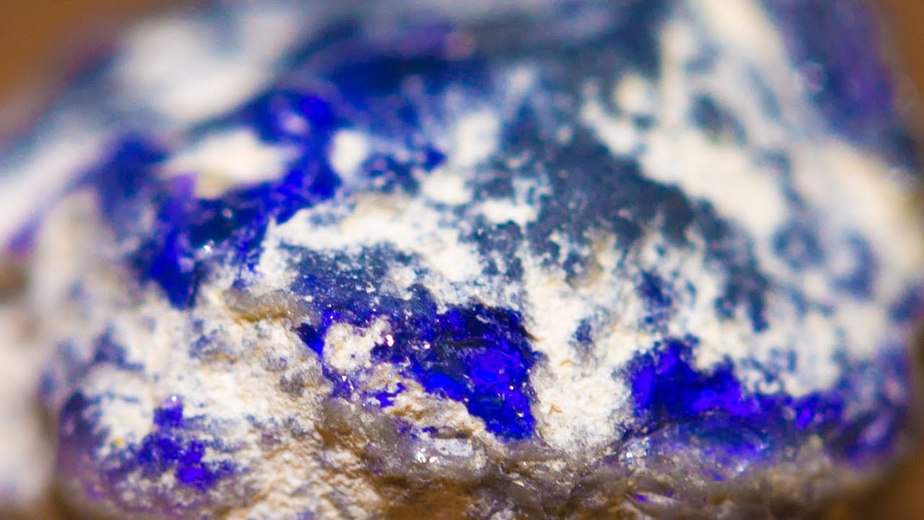
Ah, my precious blue rough opal nobby… I’ll be cutting a beautiful blue rough opal nobby with you today. Like always, some risks come with cutting opal, and you can never be too sure of yourself.Th...
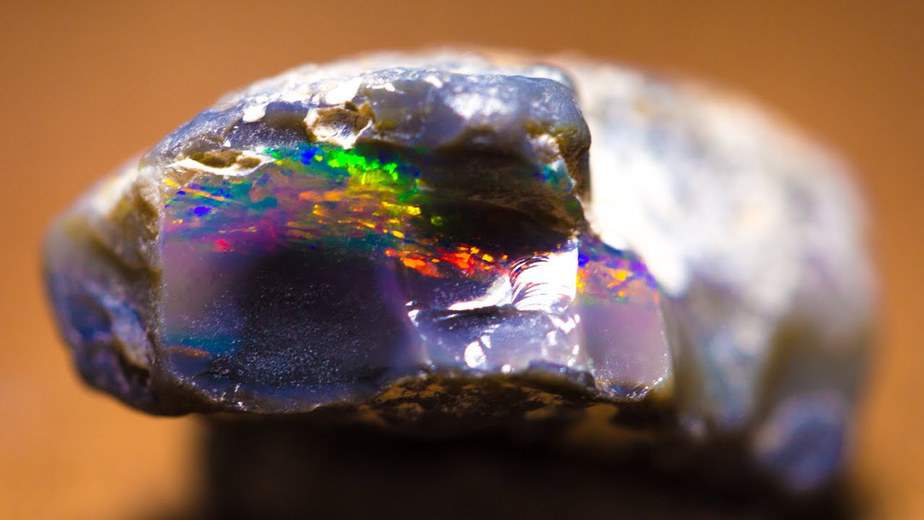
Buying rough opal is one of the riskier parts of being in the opal business; how do I know this rough opal investment is worth it? What if I lose all of my money?I take an educated guess at whether...
